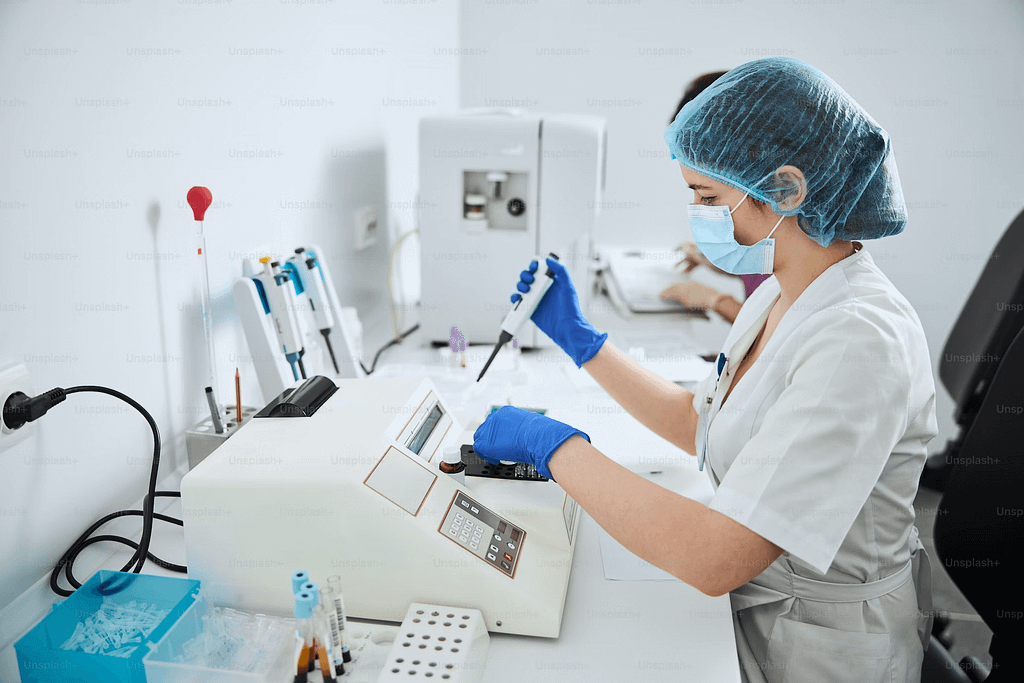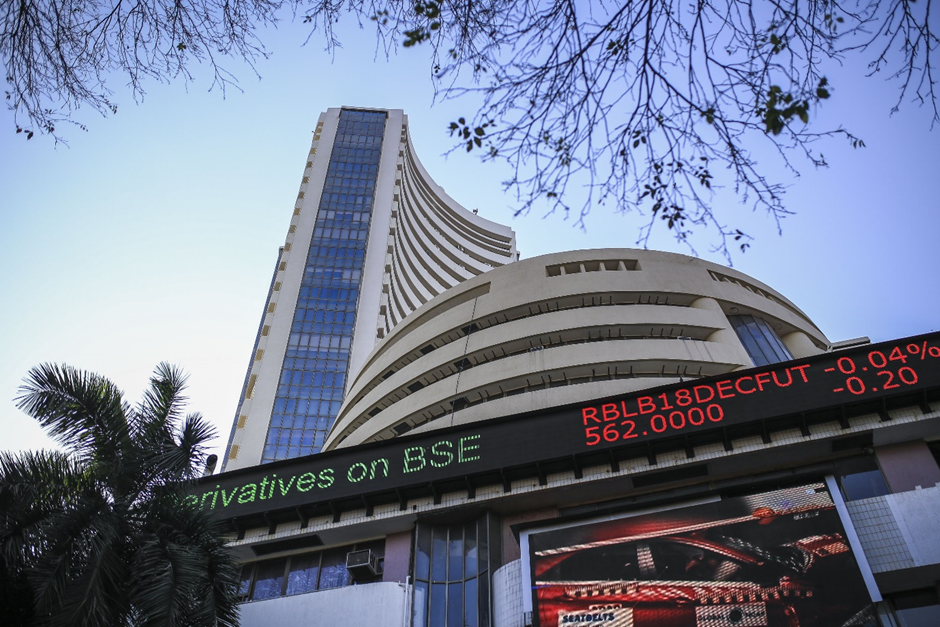
Evolution of Biotech Ventures: The Journey from Idea to Market
A. The Pre-Revenue Journey of a Biotech Startup
A biotech founder’s journey is arduous and goes through multiple stages of progress before it reaches a stage where monetary value accretion can begin.
a. Ideation & Problem Definition
This is arguably the most important stage for a company. It involves a combination of scientific expertise, market insight and strategic decision making to identify opportunities that can address unmet market needs that have commercial potential. Some of the key elements in this stage –
Monitoring scientific trends and global developments in research in the fieldMarket research to gain insights from scientists, clinicians, patients, and other stakeholdersPreliminary assessments including but not limited to literature reviews, Proof of concept studies, computational modelling, etc.Defining the scope and objectives of the product development programAssembling a multi-disciplinary team with the requisite scientific expertise
b. Product Development
This phase is where the bulk of the scientific efforts would be focused and would see the creation of Intellectual Property that will form the crux of the company’s moat. Some key steps involved in this stage –
For Drug Development — Target Identification and validation, Lead Identification and Optimization, Pre-clinical Studies, Therapeutic Clinical Trials — Phase 1–4 for Regulatory ApprovalFor non-drug products (Ex — medical devices, diagnostics, etc.) — Iterative Prototype development and design, performance testing and validation, formulation / manufacturing process development
c. Intellectual Property
Protecting scientific and technological inventions through Patent filings forms a core part of an innovative company’s strategy. The strategy typically involves the following elements
Deciding the elements of the invention that are to be patented and the ones better off left out from the patent application as know-howFinalizing the Independent Claims that are to be submitted as part of the application is a crucial element — the rigorous cross examination process deters frivolous applicationsDetermining the countries of filing — India, USA, other countries covered under PCT. A strategic approach based on markets of interest can maximize protection while minimizing costs
d. Clinical Studies & Regulatory Filings
Obtaining regulatory approval for product launch involves an elaborate process that involves clinical trials on human subjects (depending on the product involved). The products need to meet high standards of safety and efficacy to receive approval. Some important elements in this process are –
Finalizing Trial Design — this is a key step that will determine the cost of the trial and influence the probability of approvalExtensive documentation is a critical part of the preparation process — key documents like Clinical Trial protocols, Product brochures, Dossiers, etc. require inputs from multiple teamsPost trial completion, data compilation, regulatory filing and receipt of marketing approval are critical steps
B. Commercialization is a Different Ballgame Altogether
Commercializing a technology or a product is a challenging task and becomes resource intensive necessitating the need for capital, Partnerships and in nearly all cases, both.
a. B2B Partnerships are the norm
i. Licensing Partnerships
This partnership model is the most common. This involves licensing of distribution, marketing and (or) manufacturing rights to the licensor in a deal structure that typically involves an upfront payment, milestone payouts and royalty on total salesChallenges: In a multi-product environment where the goal is global commercialization, with different partners for different products in different countries thus making it resource-intensive
ii. Strategic Investment or M&A
Strategic investment into the biotech company gives access to the investor to the technology and also a preferential access to license current and pipeline assets. Full Acquisition is also an option where the entire portfolio of assets is acquired along with the patents and the rights to the technology. The investor stands to gain direct access to the assets reducing the time to market while the biotech reduces the number of partnerships it needs for successful commercializationChallenges: Early-stage acquisitions of companies would value the Company lesser as the investor takes on execution and commercialization risk
iii. Asset Sale
This model entails the sale of all rights (manufacturing, marketing, patent, etc.) to a clinical asset to the acquiror. In cases where the company has multiple assets for commercialization, this can become a means to raise capital and focus on the GTM of fewer assetsChallenges: Clear attribution of IP to individual assets in case of platform technologies can become difficult
b. The B2C Journey is Incredibly Resource Intensive and largely best avoided
Building a Salesforce i.e. feet on the ground and developing the marketing capability would demand significant capital and put the company in direct competition with the Biggies of the space making it an avoidable pathApart from Capital, building a salesforce with a effective reach requires time to build the right set of connects and establish a market presence which is precious given that the Patent Time clock is tickingIt also necessitates developing in-house manufacturing capability and capacity which can prove to be highly complex and take years to receive regulatory approvalIn select cases, the GTM channels might necessitate a much smaller salesforce and it could potentially become a feasible option — ex. Contrast media, diagnostic test kits, etc.
C. Financing the Long Journey from Idea to Market
Development of valuable intellectual property through technological innovation that pushes the frontiers of science can be capital intensive with varying use of funds at each stage. Across different stages, different classes of investors have differing risk appetite which drives their investment thesis and decides their stages of investment. The risks associated at various stages of the company’s journey are varied — this also means that the return potential at various stages of entry can vary significantly
Investors with a lower risk appetite typically avoid investing at earlier stages and would like to see the crossing of key milestones before deciding to take the plunge. Sometimes this is with good reason — for instance, in Novel drug discovery, the average failure rate from Target Validation to Final Commercial Approval is ~90%
· Governmental Grant Funding is an important source of funding for sustaining early-stage research, ideation and product development. GoI had recently announced a 5,000 Cr fund under the Promotion of Research and Innovation Program (PRIP) — this would go a long way in incentivizing and supporting the growth of Biotech Companies and encourage entrepreneurship in the space
· The Venture Capital ecosystem for early-stage Biotech is still nascent with only a handful of Funds investing at early stages. Most of the funds do not have a thesis on the space and are averse to investing at a pre-revenue stage
· Licensing Deals can be another source of revenue — Licensing of assets to Pharma companies can help generate much needed revenue through upfront and certain milestone linked payouts in addition to a royalty. However, in India, Generics dominate the landscape, and they have a preference to in-license assets at relatively later stages making them not a very reliable source of financing for earlier stage funding requirements
· Mature Biotech Markets like the US show a reasonably balanced split of investing across various stages of Biotech ventures as the graph below indicates
% of Deal Value by Stage of Development (USA)
· Big Pharma prefers M&A over in-house development for new products owing to a much shorter route to market which makes them very active in the Licensing and M&A markets making them viable prospective investors for Biotech companies at different stages in their lifecycle looking to raise capital. Big Pharma in-licensing deals with Indian Early-stage Biotech companies are rare and few in between
· A table below captures the different types of risk at various stages of the Lifecycle of a Biotech startup
Types of Risk by Stage of Company
D. Noteworthy Transactions involving Indian Companies
1. Engrail Therapeutics raises $157Mn (March 2024)
Engrail has raised $157Mn in Series B financing to support the development of its therapeutic assets for the treatment anxiety disorders, PTSD, depression and rare neurodegenerative disorders. Some notable investors — F-Prime Capital, Eight Roads Ventures and Norwest Venture Partners among others. Engrail’s science first approach enables it to identify compounds with a greater opportunity to address unmet patient needs.
2. Pandorum Technologies raises $11Mn (March 2024)
Pandorum has raised $11Mn in its pre-series B round of funding led by Ace Bright Pharma. This capital will help in the first in class study of the product Kuragenx which is targeted at treating corneal blindness. Kuragenx was awarded the Orphan Drug Designation by the USFDA in 2023 for the treatment of Neuropathic Keratitis. The first patient dosing is targeted in 2025 with IND enabling studies currently underway
3. ImmunoAct raises $ 10Mn (May 2023)
Indian Pharma Major Laurus Labs has invested $10 Mn in Immuno Act to help advance the development of affordable CAR-T cell therapies for the treatment of specific types of blood cancers. ImmunoAct has successfully launched India’s Fist CAR-T cell therapy called NEXCAR-19 after receiving approval from CDSCO.
4. Eyestem raises $6Mn (August 2022)
Eyestem has raised its Series A round from Biological E, Alkem and Natco pharma with participation from existing investors Kotak PE and Endiya Partners. They have developed Eyecyte-RPE which replaces damaged retinal epithelium cells and is designed to restore sight for dry age-related macular degeneration (AMD). The capital will be used to solidify the cell therapy platform and to advance the flagship product through clinical trials.
5. Immuneel Therapeutics raises $15Mn (June 2022)
Immuneel has raised $15Mn in a series A financing round led by Eight Roads Ventures, True North and F-Prime Capital. Immuneel is focused on creating Chimeric Antigen Receptor — T Cell immunotherapies (CAR-T) for the treatment and management of cancers. Such therapies cost in excess of $350k globally and indigenous development of such therapies will significantly reduce the cost and bring affordable access to cutting edge technologies to Indian patients.
6. Bug Works raises $18Mn (February 2022)
The series B1 financing round would go towards the clinical development of BWC0977, a novel broad anti bacterial agent and also support the development of the adenosine immune-oncology asset. Lightrock led this round of financing. Apart from Antimicrobial Resistance (AMR), Bugworks also has a program in immuno-oncology with potential applications in multiple cancers like colon, gastric, kidney, stomach, lung, among others.
7. Zumutor Biologics raises $6.2Mn (December 2021)
Zumutor Biologics has raised a total of $27 Mn across multiple rounds to commercialize its key asset — ZM 008, the lead antibody molecule for prostate cancer. The USFDA has approved the Investigational New Drug Application (IND) for ZM 008. Zumutor is an immune-oncology company founded in 2013. It has developed a proprietary Human Antibody Platform INABLR. Funding rounds saw participation from Accel, Siana Capital, Bharat Innovation Fund among others.

